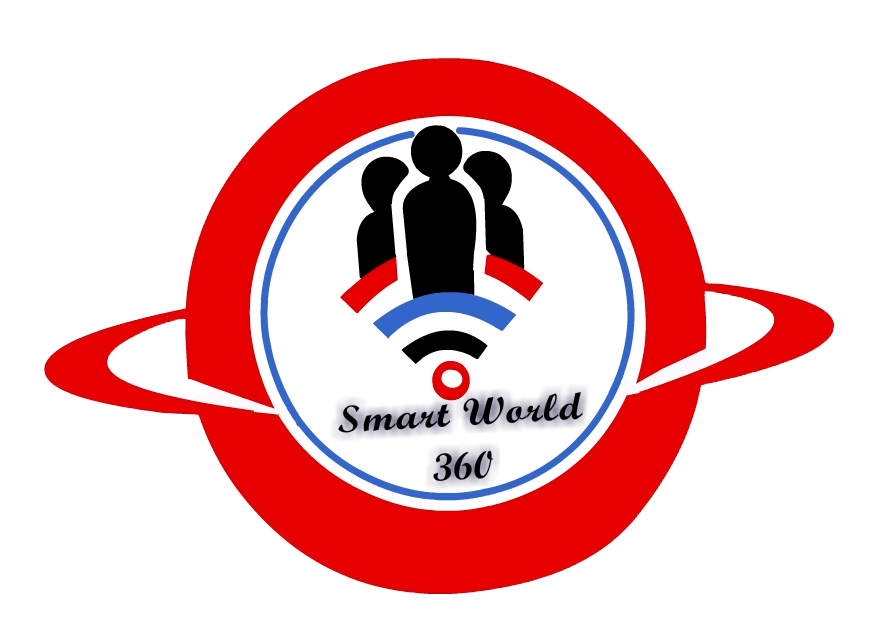Global Tech Trends: AI, Policy Reforms, and Corporate Shifts in 2025 technology landscape is constantly developing, starting innovations and developments that significantly affect various regions worldwide. Recent events have highlighted progress in artificial intelligence, policy reforms, corporate acquisitions and more. This article offers a comprehensive observation of these developments presented in simple and understandable language.
China advises AI leaders to avoid American travel over security concerns:
Chinese authorities have recently advised top artificial intelligence (AI) entrepreneurs and researchers to avoid traveling to the United States due to safety concerns. This guidance stems from apprehensions that confidential information about China’s AI progress can be disclosed and authorities can be detained and used as a leverage in the US-China negotiations. China’s AI sector is an important economic and national security priority, in which Chinese AI models compete against American leaders such as Open AI and Google. This instruction deepens the division between American and Chinese technology communities, which is increased by existing US export sanctions and tariffs.

Although there is not a lump sum resting restriction, guidance discourages the journey except for immediate cases and the authorities need to report their travel plans and debrief officers on return. The move aligns with China’s widespread strategy to increase self -reliance and stability among international stresses, urging technical leaders to prioritize national interests. This approach was recently exposed in a meeting with Chinese leader Xi Jinping, which emphasized national duty in technological development. Despite this, negotiations between American and Chinese technical areas continue, although closely monitored.
Britain’s proposed copyright law reform facial investigation
The United Kingdom’s plan to improve copyright laws to support artificial intelligence companies is subject to investigation due to possible violations of international regulations under Burn Convention. The proposed law will allow technical firms to use copyright tasks for software development until the owners exit, potentially impresss improper burden on copyright holders. Similar laws have faced rejection in European courts, suggesting that the UK proposals may face similar challenges. Critics, including legal professionals and organizations, argue that the opt-out provision reduces copyright infrastructure and may be unnatural. U.S. Copyright cases by writers, artists and musicians against technical companies highlighted the risks associated with the unauthorized use of copyright content, as seen in the case of meta, in which the use of books paired from Libgen.
American Airlines implements boarding procedures to address ‘Gate Lu’ :
American Airlines strictly apply appropriate boarding procedures to prevent “gate lice” – a word is used to describe passengers who try to board before their nominated field. The airline is implementing technology to alert gate agents when passengers try to board outside their scheduled group. This new system, which began before the 2024 holiday season, has received positive response and is gradually being nationwide. A former flight attendant supports the initiative, assuming that it will accelerate boarding and encourage honest behavior.
Class action for competition law violates a total of £ 160 billion:
Since the enactment of the US-style law in the UK a decade ago, consumer and environmental actions have exceeded the alleged loss in competition in 60 cases to more than 160 billion pounds. Notable cases include a claim of £ 620 million against Motorola Solutions and a claim of £ 1.7- £ 2.1 billion against Microsoft for alleged market misuse. Global Tech Trends collective actions now crosses other areas of UK litigation in the claims. The 2015 Consumer Rights Act, enabling opt-out class action for competition violations, has catalyzed this boom. Experts credit an increase in judicial recognition of private enforcement role in ensuring compliance with competition law, and low preliminary approval of litigation and low initial approval are supported by obstacles. Despite the growth, only one case against Bt has reached a final decision, in which the claimants were lost.
Apple’s Airpods pro 2:
Apple, a game-changer at Hearing Aid Technology, has consistently carried forward the boundaries of technology, the way we interact with our equipment and the world around us. Airpods Pro 2, the latest recurrence of its popular wireless earbuds, is no exception. These earbuds are not only one step ahead in audio quality and convenience but also mark a significant advancement in supporting technology. One of the most notable features of AirPods Pro 2 is the beginning of a new hearing aid ceremony, which promises people the way people feel sound to hear. This feature represents a major jump on the wider audience, staining the lines between consumer technology and medical devices, to make high-quality auditory aids accessible.
Development of AirPods:
Since his introduction in 2016, Airpods have become synonymous with wireless audio, which set a standard for Bluetooth earbuds. Over the years, Apple has steadily improved the design, sound quality and functionality of these devices, closing in AirPods Pro 2. The original AirPods Pro released in 2019 began eating for a wide range of users, a more adaptable fit with active noise cancellation (ANC) and silicon tips. Airpods Pro 2 constructs on this foundation, increases every aspect of user experience, from sound quality to battery life.
The New Hearing Aid feature:
A closure look The new hearing aid feature of AirPods Pro 2 is designed to help users with light to moderate hearing losses, providing a prudent and highly effective solution. This facility is to increase speech clarity in the ownership algorithms and airpods of Apple, to increase speech clarity, reduce background noise and increase environmental sounds in a way that is comfortable and natural.
Speech Enhancement:
One of the major components of this new feature is speech growth. Taking advantage of many microphones and advanced signal processing of Airpods Pro 2, earbuds can separate and increase the frequencies associated with human speech. This noise is particularly beneficial in the atmosphere, such as busy roads, restaurants, or social functions, where separating the noise from the background can be challenging for individuals with hearing loss. Airpods Pro 2 aims to make the conversation more intelligent and less tired, which helps users to stay without stress.
Conclusion:
In March 2025, the technology sector is experiencing significant development in various domains. Collectively, these developments underline a dynamic and developed technical landscape, which highlights both innovation and challenges in the region.

